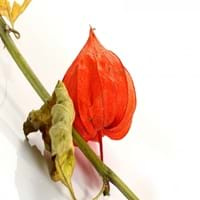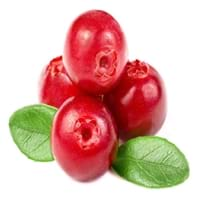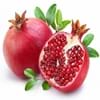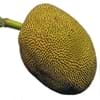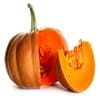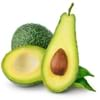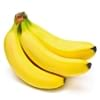Health Benefits
Anti-oxidant properties, Anti-inflammatory properties, Cancer prevention, Maintains healthy cholesterol level, Reduces blood circulation problems, Treatment of cough, fever & sore throat, Treatment of Hypertension
Cancer prevention, Heart care, Kidney stone treatment, Scurvy treatment, Ulcer prevention
General Benefits
Treatment of asthma, Treatment of cataract, Treatment of hepatitis, Treatment of macular degeneration, Treatment of neurodegenerative diseases
Anti-inflammatory properties, Boosts immune system, Digestive aid, Fights against infections, Strengthens bones
Skin Benefits
Treatment of Rheumatism & Dermatitis, Treatment of Skin Inflammation
Anti-aging benefits, Reduces wrinkles, Skin rejuvenation, Treatment of acne
Hair Benefits
Unknown
Promotes longer and healthier hair, Protects hair, Treatment of dandruff
Allergy Symptoms
NA
Anaphylaxis, Breathing difficulty, Itching, Skin rash, Swelling of mouth, tongue or lips
Side Effects
Hypertension, Ventricular Tachycardia
Allergic reaction, Diarrhoea, Nausea, Stomach pain, Vomiting
Best Time to Eat
As a snack in the late afternoon, Eat the fresh ones, avoid mixing with any other foods, don't eat after meal., Morning time (before lunch), Strictly avoid empty stomach
Any time except an hour after meal, Don't consume at night and before bed
Vitamin B5 (Pantothenic Acid)
Not Available
Vitamin B6 (Pyridoxin)
Not Available
Vitamin B9 (Folic acid)
Not Available
Vitamin C (Ascorbic Acid)
Vitamin K (Phyllochinone)
Not Available
Lutein+Zeaxanthin
Not Available
Water Content
Not Available
Calories in Fresh Fruit with Peel
Calories in Fresh Fruit without Peel
Not Available
Not Available
Calories in Frozen Form
Not Available
Calories in Dried Form
Not Available
Calories in Canned Form
Not Available
Type
Fruit vegetable
Berry
Season
Spring, Summer
Autumn
Varieties
Physalis franchetii, Physalis pruinosa, Physalis peruviana, Physalis heterophylla and Physalis philadelphica
Early Black, Howes, Ben Lear and Stevens
Color
Bright Yellow, Orange
Red
Inside Color
Orange
White
Origin
Chile, Peru
North America
Soil Type
NA
Clay, Sandy, Well-drained
Climatic Conditions
NA
Warm
Facts about
NA
- Europeans thought the cranberry blossom looked like the head of a sandhill crane, hence the name Cranberry.
- They are also known as bounce berries as they bounce when they ripe.
- Cranberries do not grow in water.
Top Producer
NA
United States of America
Other Countries
NA
Azerbaijan, Belarus, Bulgaria, Canada, Latvia, Macedonia, NA, Romania, Tunisia, Ukraine
Top Importer
Netherlands
Europe
Top Exporter
Colombia
United States of America
Botanical Name
Physalis Peruviana
Vaccinium Macrocarpon
Synonym
Alkekengi, Herschellia & Pentaphitrum
Oxycoccus macrocarpus
Subkingdom
Tracheobionta
Tracheobionta
Division
Magnoliophyta
Magnoliophyta
Class
Magnoliopsida
Magnoliopsida
Subclass
Asteridae
Dillenhidae
Family
Solanaceae
Ericaceae
Species
Physalis
Vaccinium macrocarpon
Generic Group
Not Available
Heath
Compare Physalis and Cranberry
It is important compare Physalis and Cranberry as both the fruits have a different nutritional value. Their comparison can be done on the basis of their vitamin and mineral content, calories, benefits as well as characteristics, making it easier for us to choose the best fruit for our diet. Their general health benefits are as follows:
Physalis Benefits: treatment of asthma, treatment of cataract, treatment of hepatitis, treatment of macular degeneration and treatment of neurodegenerative diseases.
Cranberry Benefits: anti-inflammatory properties, boosts immune system, digestive aid, fights against infections and strengthens bones.
Fruits are also used as a remedy for various hair problems. The hair benefits of Physalis are: unknown and hair benefits of Cranberry are: promotes longer and healthier hair, protects hair and treatment of dandruff. Some fruits are known to cause allergic reactions. The allergy symptoms of first fruit are: na and the symptoms of second fruit are: anaphylaxis, breathing difficulty, itching, skin rash and swelling of mouth, tongue or lips. Get sorted Physalis vs Cranberry comparison with the help of fruit comparison tool by fruitvs.com.
